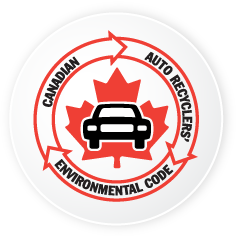Legal Requirements
There are two legal aspects associated with hazardous materials. The first is the liability when hazardous materials or substances are spilled and contaminate the property. Landowners are particularly interested in this aspect because the contamination affects the value of the property. Every province has contaminated sites legislation that places the responsibility to clean up the property on the land owner. So protect your asset and prevent spills and clean them up when they occur.
The second legal aspect is when hazardous materials or substances leave your property under controlled or uncontrolled circumstances. Runoff during precipitation events and snow melt can transport hazardous materials or substances to streams and sewers are regulated. If your site is located next to a fish bearing stream in a high precipitation area, then you are a “high” risk site and the control of runoff is an important concern. If your site is in a low precipitation area with no streams nearby, then your site is a “low” risk site.
Automotive recyclers must also understand that the transportation of hazardous materials or substances on public roads to recycling or processing facilities is also regulated. Under most circumstances, transport companies must be licensed by Provincial authorities.
Because you cannot discharge the hazardous materials to the environment, regulatory authorities require the adequate removal, storage, transportation and disposal of hazardous materials or substances in end-of-life vehicles.
|



